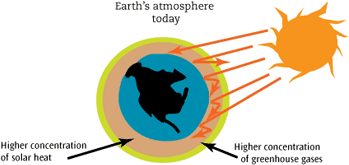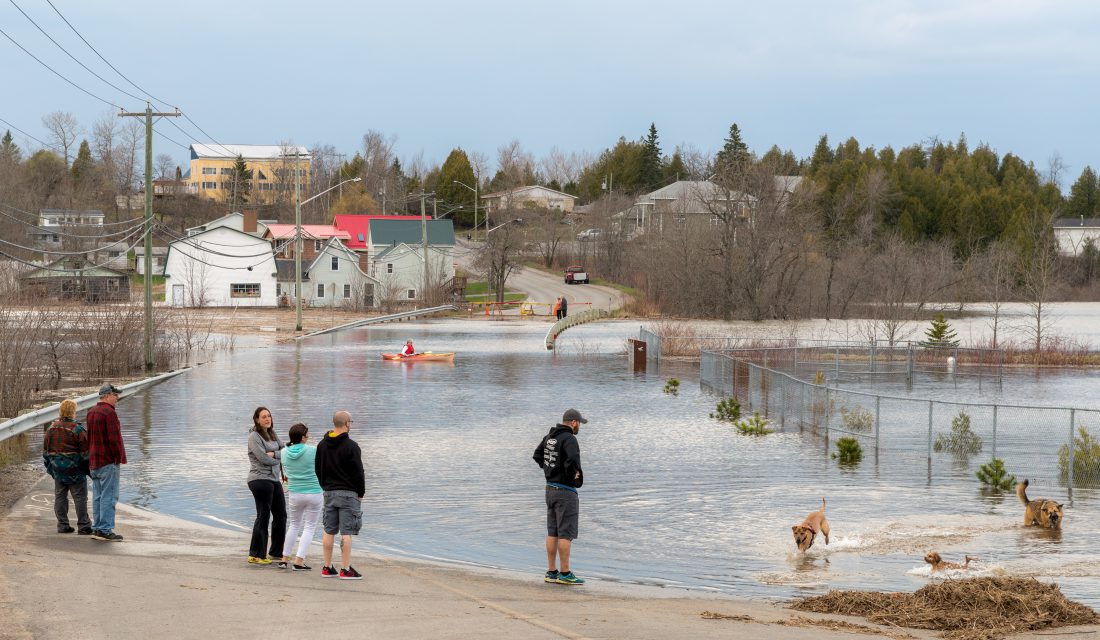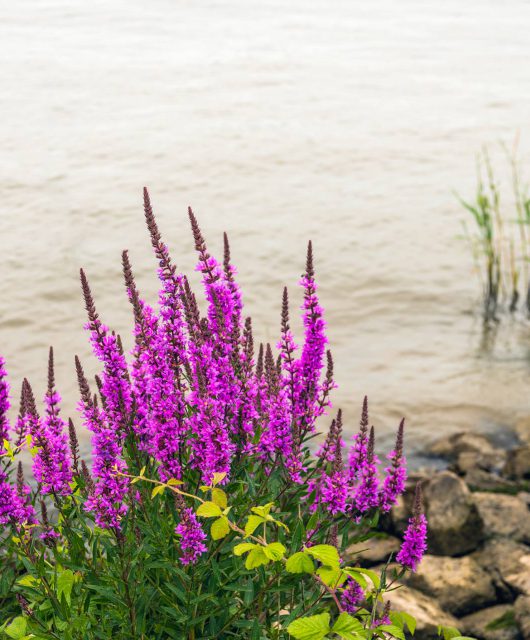Large-scale environmental challenges require us to work together to affect change.
That’s why it’s so important for us to learn more about global issues so we can be empowered to take action and make changes in our everyday lives. This is equally, if not more, important for youth who are in a position to become future conservation advocates and leaders.
The Sustainable Development Goals are a collection of 17 interlinked objectives adopted by the United Nations in 2015 to serve as a shared blueprint for peace and prosperity for people and the planet, now and into the future. Goal number 13. Climate Action is a call for us to combat climate change and its impacts. Yet to make a difference we first need to build knowledge, understanding and connection to these issues through education.
So how can we link education to these global goals? We’ve compiled a few educational activities and lesson plans for teachers, parents and educators to teach youth about climate change, explore its impacts on people and wildlife, and identify ways we can prevent, mitigate and adapt to its impacts.
Model the Greenhouse Effect

Global warming is a key component of climate change, and it’s caused when the greenhouse effect has been exacerbated by human activities and emissions. Like wrapping an extra blanket around the Earth to stay warm, the release of more greenhouse gases into our atmosphere is resulting in a rise of average global temperature.
Before diving into the impacts of climate change, start by introducing youth to the greenhouse effect. You can model its impacts by conducting a simple experiment with two thermometers, two pop bottles and a sunny spot.
Highlight Climate Change’s Impact on Biodiversity
 In the past, climate change occurred so slowly that wildlife had time to adjust. Today, shifts in temperature, seasons, and weather are happening too quickly for some species to adapt. The four key habitat elements — food, water, shelter and space — are also declining or disappearing. So how are different groups of wildlife responding to the impacts of climate change?
In the past, climate change occurred so slowly that wildlife had time to adjust. Today, shifts in temperature, seasons, and weather are happening too quickly for some species to adapt. The four key habitat elements — food, water, shelter and space — are also declining or disappearing. So how are different groups of wildlife responding to the impacts of climate change?
Students can explore how biodiversity in their area is being impacted by climate change through researching and conducting a mock interview with a local animal or plant species of their choice, then using the information they’ve collected to write an illustrative article.
Explore Different Human Perspectives on Climate Change

Climate change is having a significant impact on people as well. From extreme weather events, such as drought and flooding, to rising sea levels and air pollution, individuals and communities are experiencing these effects firsthand. But how might climate change impact people in different parts of the country or those working in different jobs?
Students can role-play a diverse group of individuals that have paused for lunch in the same café. Inspired by the images on a set of picture cards, they can explore the human impacts of climate change by adopting a unique persona, then conversing and questioning one another about climate change as it relates to their way of life.
Have Students Examine Their Carbon Footprint
 A carbon footprint is the total amount of greenhouse gases, including carbon dioxide, that are generated by our actions. Through this hands-on reflection activity, students can examine their carbon footprint by listing some of the ways they use electricity, their modes of travel, the things they eat and the stuff they buy. Then work independently or together with a group to identify ways they could save energy, reduce their impacts and prevent waste.
A carbon footprint is the total amount of greenhouse gases, including carbon dioxide, that are generated by our actions. Through this hands-on reflection activity, students can examine their carbon footprint by listing some of the ways they use electricity, their modes of travel, the things they eat and the stuff they buy. Then work independently or together with a group to identify ways they could save energy, reduce their impacts and prevent waste.





